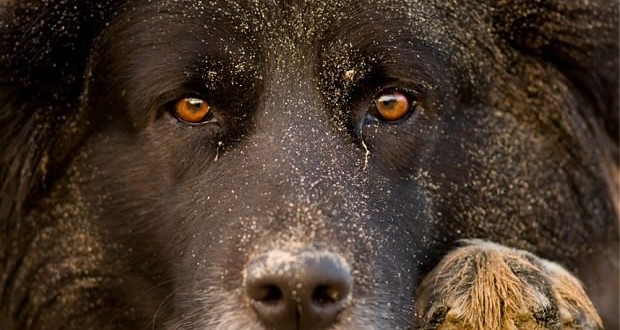A recent study published in the journal PLOS One shows that though these animals generally seem like happy-go-lucky, cheerful creatures, they can be pessimistic, too.
The Australian team trained dogs to touch a target after hearing two different tones. One tone meant they would be given milk, a treat, while the other tone meant water would be served. Once they had those rules understood, new tones were introduced between the pitches. The researchers posited that if a dog kept hitting the target, it was likely because he was optimistic and thought it would eventually lead to the reward of milk. The dog who stopped was the pessimist, who became upset if he didn’t get milk and finally just gave up.
This study could be used as a guide for what types of canines will work well as specific service dogs. The pessimists, for example, were better in training as guide dogs because they were very careful and didn’t like taking risks. The optimistic dogs were more persistent, and would probably make a good search-and-rescue assistants.
Marc Bekoff, professor emeritus at the University of Colorado, was not involved in the study, but told The Washington Post: “Especially in dogs who are abused early on, you definitely see animals who just really won’t work that hard to get love or affection, having failed before. I think it’s perfectly legitimate to say that there are optimistic and pessimistic dogs — and that you can change their behavior.”
Agencies/Canadajournal
 Canada Journal – News of the World Articles and videos to bring you the biggest Canadian news stories from across the country every day
Canada Journal – News of the World Articles and videos to bring you the biggest Canadian news stories from across the country every day



